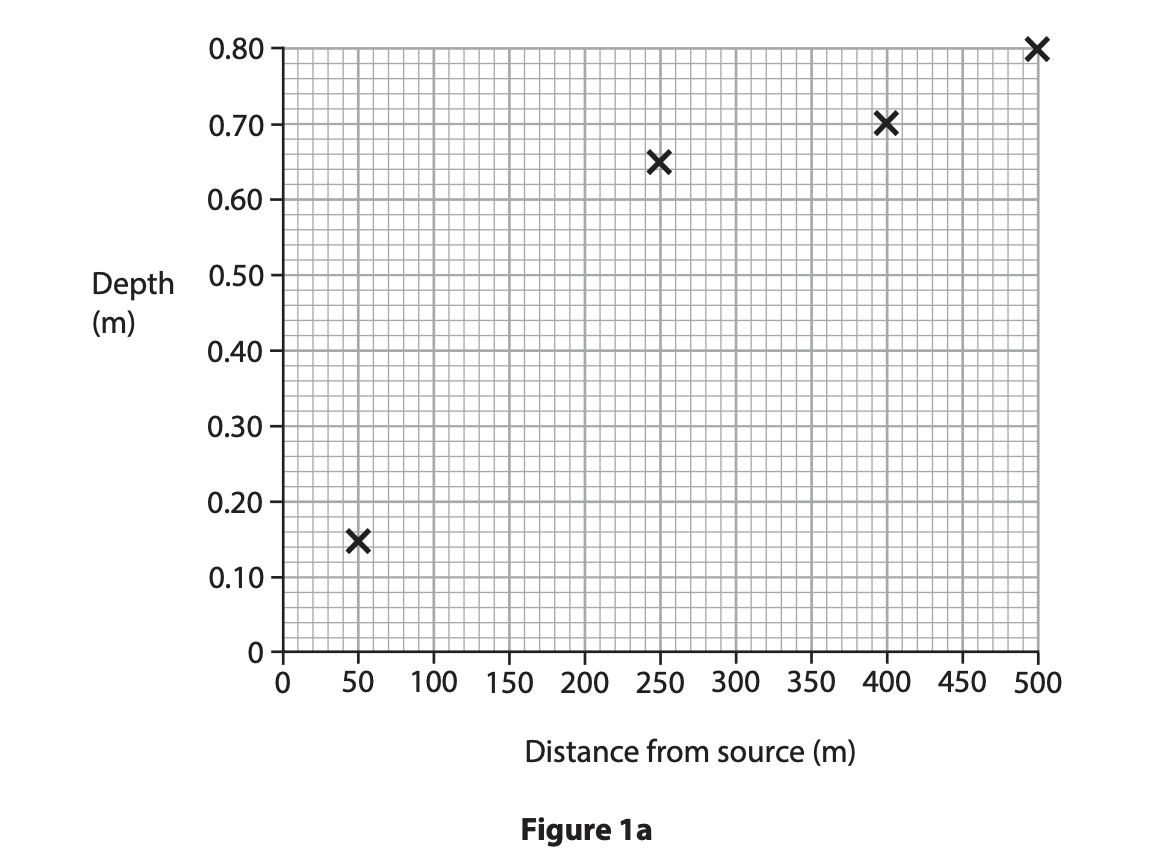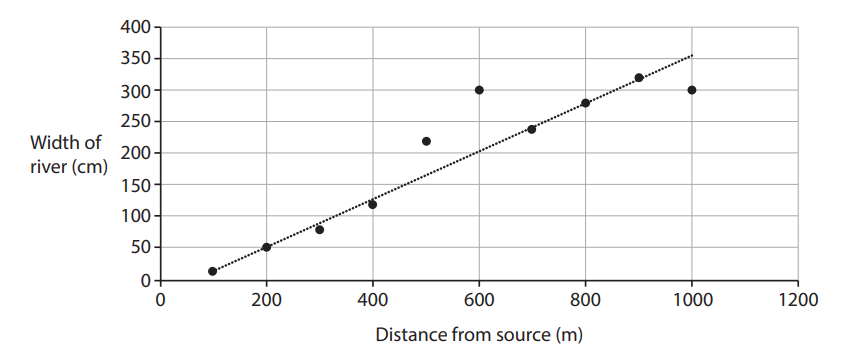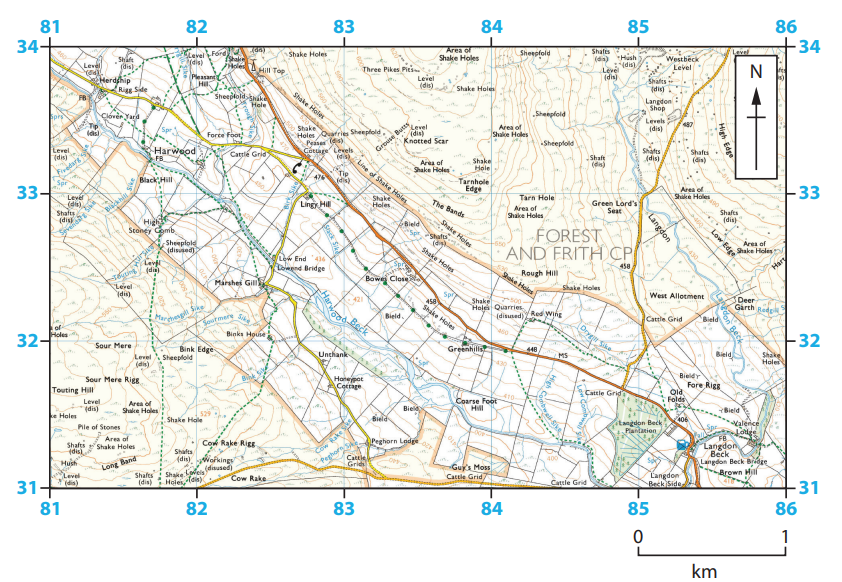A group of students collected data to investigate changes at six sites along a river channel.
Describe one fieldwork method that could have been used by the students to measure river depth.
Explain one disadvantage of using this fieldwork method.
Did this page help you?






